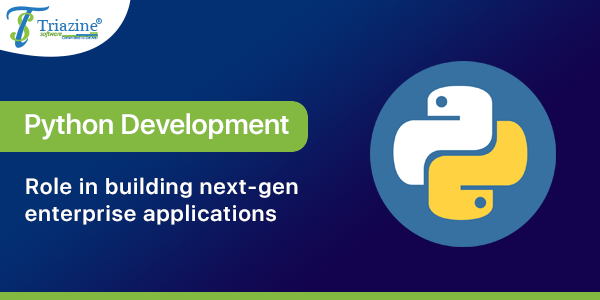What Is
VAPT and does your organization need it?

What is VAPT and does your organization need it?
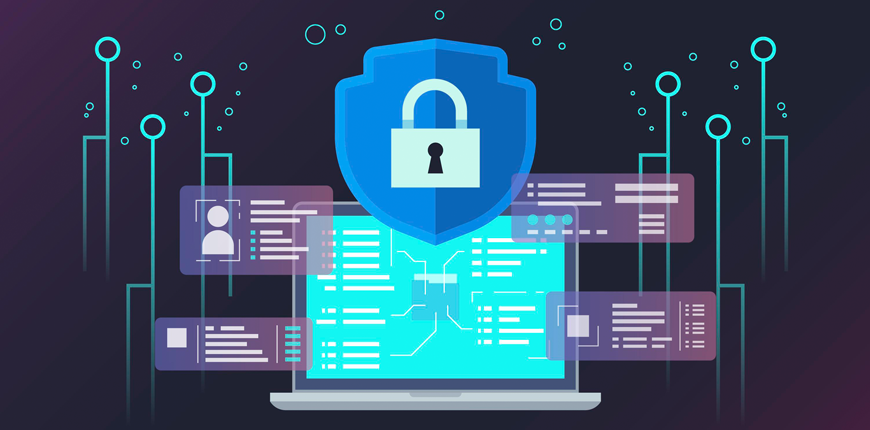
To no one's wonder, there is a flood of applications and software being released in the market every other day. Prospects like rapid internet penetration and simplifying smartphone technology encourage application development processes for the web and mobile. While application development might seem like one without fault, even after testing, every application has vulnerabilities. As per reports, 94% of web applications contain a high-severity software flaw. Additionally, 85% of those applications contained at least exploitable vulnerability.
These are not encouraging numbers, and software vulnerability are pretty frightening, with cyberattacks becoming an unstoppable activity. If your enterprise systems possess any vulnerability, it is easy for cybercriminals to access your network. So, what can you do about it when even application testing cannot pinpoint exact issues and how to prevent your web applications from being hacked? The answer is a vulnerability assessment and penetration testing (VAPT).
What is vulnerability assessment and penetration testing (VAPT)?
VAPT is a process of evaluating security risks in software systems and reduce the probability of hacking threats. The purpose of vulnerability assessment and penetration testing is to reduce the possibility of hackers gaining unauthorized access to the systems. There are always some vulnerabilities with the system's security procedures, design, implementation, or any other internal control that might allow a hacker to invade your security protocols and violate their security policy. VAPT prevents all that!
Vulnerability assessment and penetration testing (VAPT): Behind the scenes
VAPT might sound like a new term; however, in reality, it's a combination of two different yet significant application security procedures. VAPT unifies assessment testing with penetration testing- forming a solid application security measure.
Considering them individually, vulnerability assessment examines the application using modern application security testing tools and techniques to uncover possible vulnerabilities or uses. Various threats are identified, classified, and prioritized as a part of the testing process using different tools for different issues. Vulnerability assessment works wonders with pinpointing and exposing your application to theoretical vulnerabilities and attacks.
On the contrary, penetration testing is a process of actively attacking your application to determine its security performance and exploit all the potential vulnerabilities. In simple words, testers perform a simulated attack, often manually, but there are automated options on your application against the code or system architecture, like APIs and servers.
That said, several approaches can assist with penetration testing:
- External: The attack is simulated on external systems and assets visible to external users and attackers.
- Internal: The attack is focused from behind the firewall.
- Blind: A real-time attack simulation with the tester provided only with the company name.
- Double-blind: Similar to the blind test, the security team is not informed about the simulation, hence, testing their ability to respond to a real-time attack.
- Targeted: A training procedure including pen tester and security team working together to evaluate how an attacker can get into the system security and what steps must they take to negate the attack.
The several steps to execute a proper VAPT approach
No single testing can provide or ensure application security; however, with VAPT, you can achieve comprehensive defense. Using VAPT, you can explore the different types of vulnerabilities that secure your system's security.
- Planning the scope: Decide the systems and code included in the tests and the procedure to be used.
- Data gathering: Gather information about the attack targets.
- Vulnerability detection: Identify the potential vulnerabilities and threats to the application and uncover additional information on the target.
- Maintaining access: Pen testers try to gain access to the application, similar to hacking, and see if they can do it quickly. Once inside the system, the tester determines how long they can continue in the system unnoticed and how much damage can be inflicted.
- Covering tracks: The testers try to make changes to the application and see if the user can identify that an attack is underway.
- Reporting: Once the testing is complete, the results are tabulated, documented, and analyzed. It includes recommendations about strengthening your enterprise system, prioritizing threats, and how to address system vulnerabilities.
Why go for vulnerability assessment and penetration testing (VAPT)?
Vulnerability assessment and penetration testing are two different security-based procedures that play a significant role in enforcing the organization's security. It allows you to locate and identify vulnerabilities before a hacker can exploit them. In this process, you scan your operating systems, application software, and network to pinpoint vulnerabilities in aspects like software design, insecure authentication, payment systems, etc.
That said, the following are some of the benefits of VAPT:
- Attain comprehensive application security: Once you complete the VAPT testing protocols, you can be confident that your application is checked and tested for different types of vulnerabilities, internally and externally.
- Reputation Management: A compromised enterprise system is a bad image for your business. Recovery is not only long but a slow road. VAPT not only allows companies to check for such issues but also decreases the chance of an attack in the future.
- Data Security: With VAPT, your application becomes impenetrable for hackers and cybercriminals. It creates more secure applications, increases data security, and protects your intellectual property and critical data.
- Improved enterprise compliance: VAPT testing not only future-proofs your enterprise system from any potential attacks that might cost you millions of dollars, but it ensures that your application is compliant with specific industry standards and regulations like the PCI-DSS and the ISO/IEC 27002. It prevents you from paying any expensive fines due to lack of proper compliance and saves millions of dollars that would have been spent on reversing the effects of the attack.
- Incorporate application security in the process: Testing your application during the development phase with VAPT makes security air-tight in the process. It is an efficient and responsible way to build a secure application.
The difference between vulnerability assessment and penetration testing (VAPT)
As mentioned before, vulnerability assessment and penetration testing are two different processes. The VA process gives you a simple security system enforcement map. You get to know about the potential vulnerabilities that could exist in your enterprise system. On the other hand, the penetration testing process helps you dive deep into the exposures.
Furthermore, the VA testing informs you of all the potential vulnerabilities in your system, but the PT tells you how bad they can be for your organization. In conclusion, the VA process can be performed using automated tools. There are several vulnerability scanners available in the market. And penetration testing is a manual process carried out by security professionals who can efficiently take this step. That said, penetration testing is only a simulation of what could happen to your system when a real hacker invades your system's security.
How to perform the vulnerability assessment and penetration testing (VAPT)
The following is the step-by-step guide on how to complete the VAPT process.
Step #1: Prepare for the assessment
In this stage, you commence
- Documentation
- secure permissions
- update tools and configure them
Step #2: Opt for test execution
- Look out for the right tools.
- Run for the captured data packet. If you aren't privy to what data packet is. A packet is the unit of data routed between an origin and the destination. For example, when you send an email, it converts to an HTML file with a uniform resource locator (URL) request. It is sent from one place of the internet to the other; the TCP layer divides the file into several chunks to add efficiency to routing. Each of these chunks is uniquely numbered and includes the address of the destination. When they arrive at the destination, these chunks, also called packets, are reassembled into an original file by the TCP layer at the receiving end. Check the data packet process via assessment tools.
Step #3: Vulnerability Analysis
- Define and classify the system resources.
- Assign priorities to these system resources.
- Identify the potential threats with system resources.
- Develop a strategy to deal with the prioritized items first.
- Define and implement this strategy to minimize a security attack and decipher how to manage its consequences if it does.
Step#4: Reporting
- Establish a report of all your findings of the vulnerability assessment.
- Prepare a chart of vulnerabilities identified and how to counter them.
- Prioritize changes they need immediate attention.
Step#5: Remediation
- Commence the process of fixing the vulnerabilities.
- Perform counter tasks for every vulnerability.
Different types of vulnerability scanners in the VAPT process
There are three different types of vulnerability scanners in practice. These include:
Host-based scanner:
This type of vulnerability scanner identifies the issues in the host or
the system. The process is carried out using host-based scanners to diagnose
the problems. These tools load a mediator software onto the target system to
trace the event and report it to the security analyst.
Network-based scanner:
It detects the open ports and identifies every service running on these ports. It discloses the possible vulnerabilities associated with the open ports.
Database-based scanner:
It identifies the security exposure in the database systems via tools and techniques and prevents SQL injection. An SQL injection involves malicious users inputting SQL statements into the database to read the sensitive data and update it.
Conclusion
Vulnerability assessment and penetration testing are not just significant for organizations, it is imperative. VAPT gives you a detailed view of the persistent threats that your application and network are facing. It provides your millions and billions of dollars’ worth of enterprise data from malicious attacks. The frequency of VAPT depends on factors like risk impact and data confidentiality. Software development is more about a trial-and-error method and the only way to achieve actual enterprise growth and safeguard your systems from all the existing cyber hackers around.
Featured Articles
Latest Articles

How UI/UX Plays an Important Role in App Development
How many times have you opened an app and thought the button was misplayed, the design team could have chosen better col .. Read More
By Vikash Srivastava | Apr 20, 2023
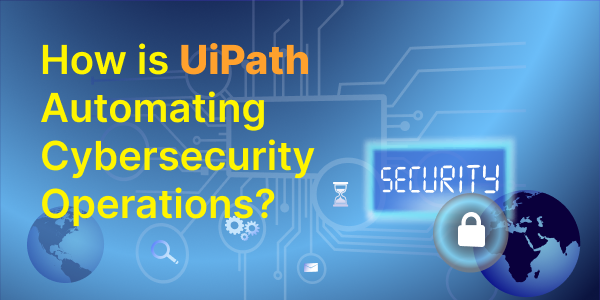
How is UiPath automating cybersecurity operations?
State of the CIO Study 2022 reports that over 51% CIOs have commenced focussing their time and expertise on security man .. Read More
By Abhinav Kumar | Aug 02, 2022
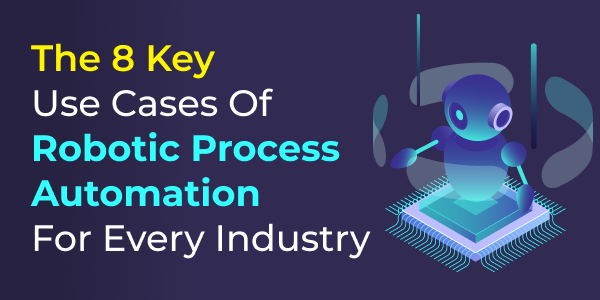
The 8 key use cases of Robotic Process Automation for every industry
The modern-day enterprise market is driven by evolution and innovation. Everything that can boost your team’s producti .. Read More
By Abhinav Kumar | May 25, 2022
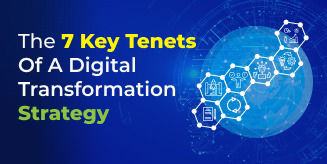
The 7 key tenets of a digital transformation strategy
Since the pandemic, there has been a stark change in how enterprises communicate, operate, and plan for the future. Acce .. Read More
By Abhinav Kumar | Mar 21, 2022
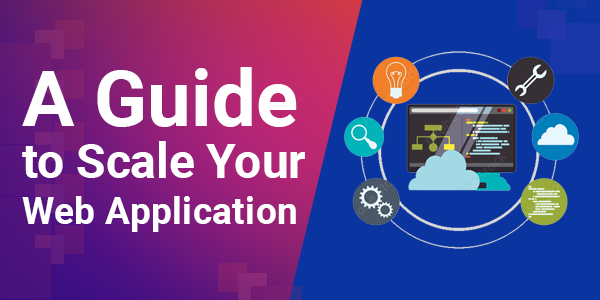
How to Build Effective and Scalable Web Applications – The Best Practices
A big part of any web application development is its capacity to scale in the later growth stages. Irrespective of the p .. Read More
By Vikash Srivastava | Oct 22, 2021
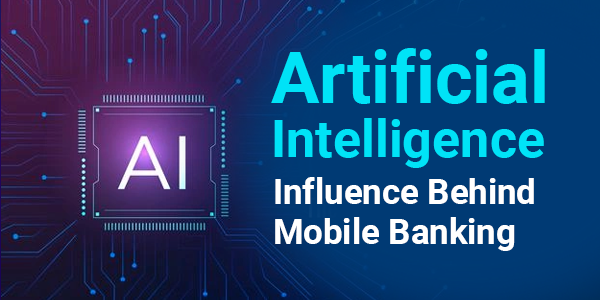
How Artificial Intelligence in Mobile Banking is a Game-Changer?
Let’s start this discussion with a simple question, how many of you still stand in queues outside banks just to get ge .. Read More
By Abhinav Kumar | Oct 14, 2021

Utility mobile application development role in the digital transformation
What is utility mobile application development and why it matters?At this point, mobile applications have become an inal .. Read More
By Vikash Srivastava | Oct 11, 2021

How to build a successful and agile offshore development team?
As a global trend, outsourced software development holds a market size of $92.5 billion, and a significant chunk of .. Read More
By Abhinav Kumar | Sep 30, 2021
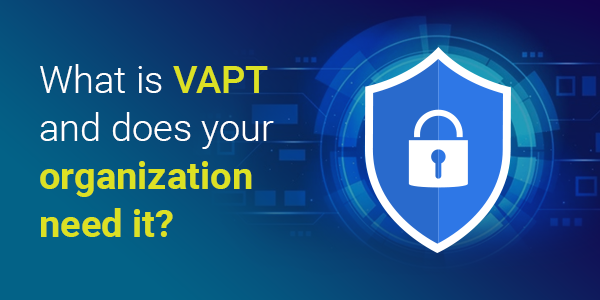
What is VAPT and does your organization need it?
What is VAPT and does your organization need it? To no one's wonder, there is a flood of applications and softwar .. Read More
By Vikash Srivastava | Sep 08, 2021

The top 11 FinTech trends to achieve digital transformation
The top 11 FinTech trends to achieve digital transformation Similar to other industrial verticals heavily impacte .. Read More
By Abhinav Kumar | Sep 08, 2021
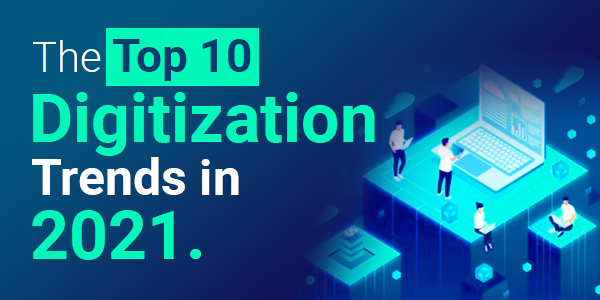
The Next Normal: The Top 10 digitization trends for enterprises in 2021 and beyond
The Next Normal: The Top 10 digitization trends for enterprises in 2021 and beyond Nobody knew where 2020 and 202 .. Read More
By | Sep 07, 2021
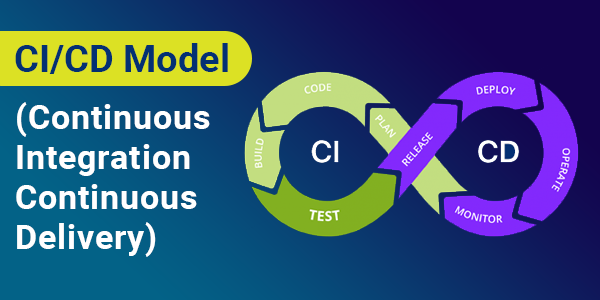
CI/CD Model: what and why it matters in software development
CI/CD Model: what and why it matters in software development There was a time when software development wa .. Read More
By Vikash Srivastava | Jun 08, 2021

What Is Legacy Migration and Why to Consider It
What Is Legacy Migration and Why to Consider It? Software technologies and applications are on the road to an ine .. Read More
By | May 25, 2021

What Makes CMMI Appraisal Necessary for Software Development Companies ?
What Makes CMMI Appraisal Necessary for Software Development Companies? During software development, your product .. Read More
By Abhinav Kumar | May 10, 2021

The Top 11 Mobile App Development Trends You Must Know for 2021
The Top 11 Mobile App Development Trends You Must Know for 2021 We all have so many expectations from 2021, don� .. Read More
By Vikash Srivastava | May 04, 2021

2- Why to choose react native for mobile app development project?
React Native for mobile app development: Is it the right choice? For the 21st century, mobile phones are like sou .. Read More
By Abhinav Kumar | May 04, 2021

How Digital Transformation Impacts Software Development Services
Digital Transformation and its impact on Software Development Lifecycle Today's industrial landscape ta .. Read More
By | May 03, 2021

What is the right price for developing a mobile app?
What is the price to develop an iPhone app? Or rather, how much does mobile app development cost? Well, Kudos to you bec .. Read More
By | Apr 07, 2021

Should I use Flutter for my next Mobile App Development project?
So, what was the mobile app development story before Flutter? Let's consider mobile application develo .. Read More
By | Mar 17, 2021

Is there any right pricing strategy for mobile app development?
No phrase can appropriately describe the accelerating mobile app development market! Definitely, it is on a consistent b .. Read More
By Abhinav Kumar | Feb 22, 2021

Mobile App Development: Freelancer or a Software Development Company
So, you’ve decided to build software, and now you’re faced with the debatable and inevitable question: software dev .. Read More
By | Jan 21, 2021
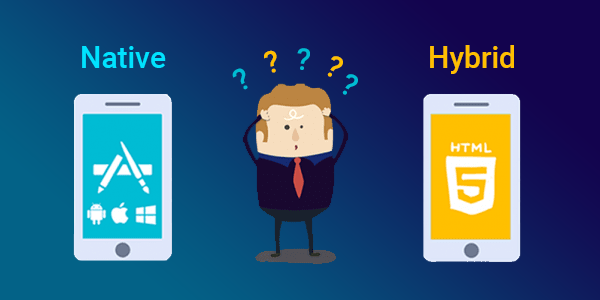
Hybrid Mobile App Vs. Native Mobile App… Am I Making A Right Choice?
This seems to be a million-dollar question when it comes for making a choice between hybrid mobile app or native mobile .. Read More
By Vikash Srivastava | Jan 11, 2021

5 trends that will be influencing mobile app development in 2019
We live in a smartphone-driven world and mobile apps are now an integral part of our lives. From day-to-day commute to g .. Read More
By Abhinav Kumar | Jun 11, 2019
